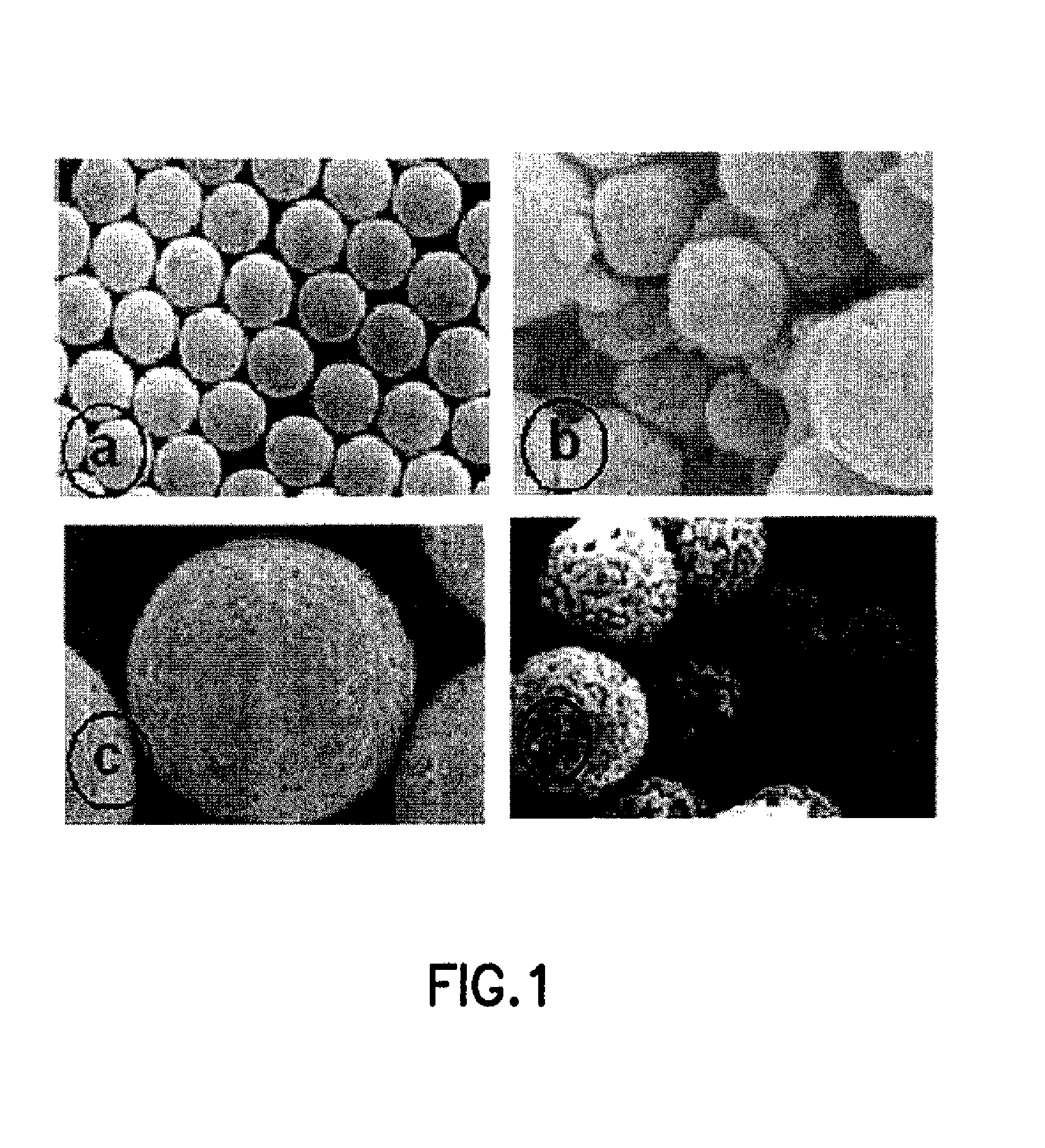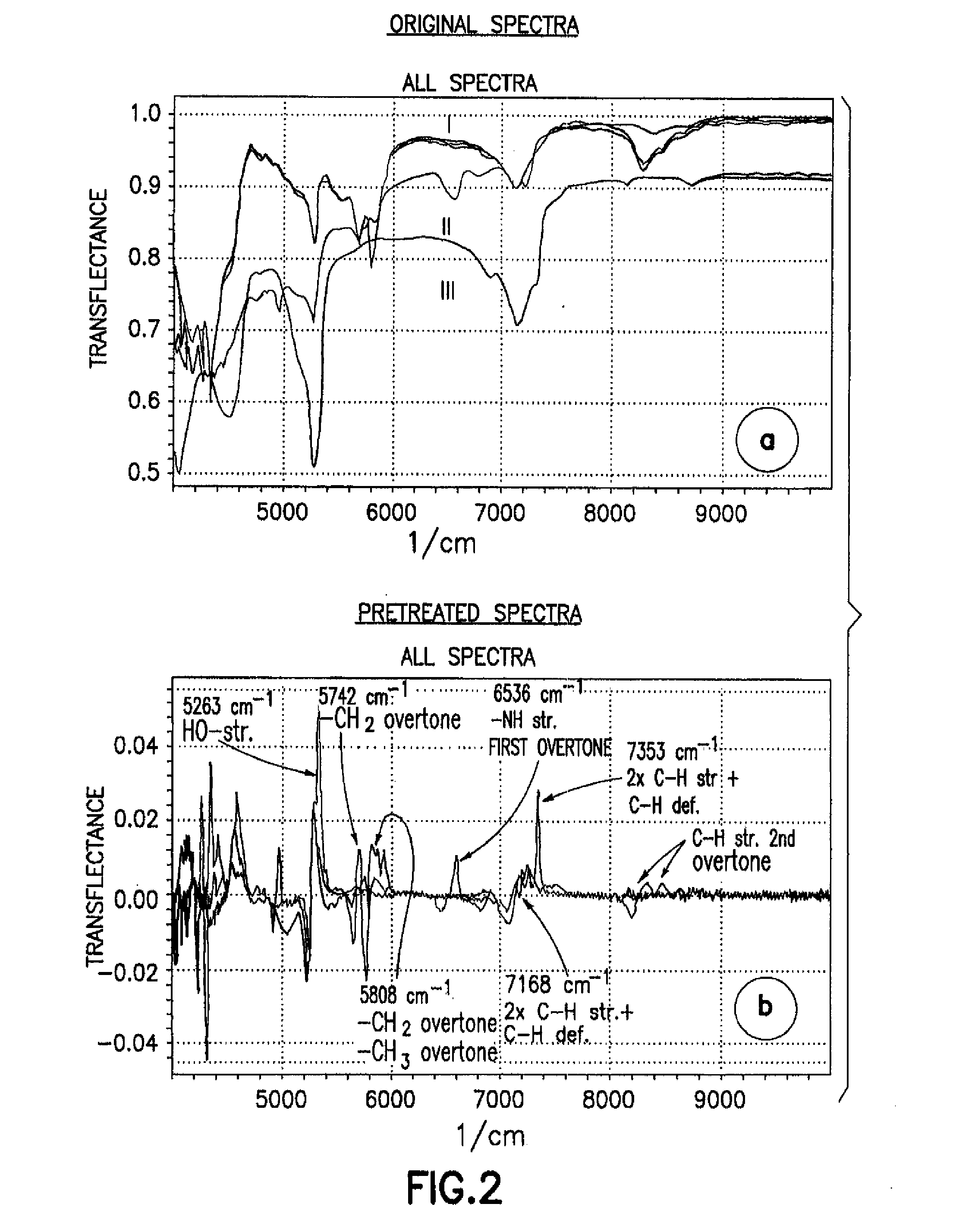Method for classifying scientific materials such as silicate materials, polymer materials and/or nanomaterials
- Summary
- Abstract
- Description
- Claims
- Application Information
AI Technical Summary
Benefits of technology
Problems solved by technology
Method used
Image
Examples
Embodiment Construction
[0090]Silica Materials
[0091]Prontosil 60 (3 μm, 60 Å, 450 m2×g−1), Prontosil 120 (3 μm, 120 Å, 300 m2×g−1), Prontosil 300 (3 μm, 300 Å, 100 m2×g−1), Prontosil with 120 Å and different particle diameters 3, 5, 10, 15, 20 μm and Prontosil with 5 μm particle diameter and 60, 120, 200 and 300 Å pore diameter were purchased from Bischoff (Leonberg, Germany), Nucleosil C8 (5 μm, 300 Å, 100 m2×g−1), Nucleosil C18 (5 μm 300 Å, 100 m2×g−1), Nucleosil 1000 C18 (7 μm, 1000 Å, 25 m2×g−1) and Nucleosil 4000 C18 (7 μm, 4000 Å, 10 m2×g−1) from Agilent (Waldbronn, Germany), Hypersil C18 BDS (3.5 μm, 130 Å, 170 m2×g−1), Spherisorb C18 (3, 5, 10 μm, 80 Å, 220 m2×g−1), Spherisorb C8 (3, 5, 10 μm, 80 Å, 220 m2×g−1) were from Waters (Milford, USA).
[0092]For the determination of particle size non porous silica Micra (1.5 μm), which was purchased from Micra Scientific (Northbrook, Ill., USA), was included in the model. All other silica phases, Amino 4μ (4 μm, 126 Å, 317 m2×g−1), Amino A21 (10 μm, 114 Å, 3...
PUM
 Login to View More
Login to View More Abstract
Description
Claims
Application Information
 Login to View More
Login to View More - R&D
- Intellectual Property
- Life Sciences
- Materials
- Tech Scout
- Unparalleled Data Quality
- Higher Quality Content
- 60% Fewer Hallucinations
Browse by: Latest US Patents, China's latest patents, Technical Efficacy Thesaurus, Application Domain, Technology Topic, Popular Technical Reports.
© 2025 PatSnap. All rights reserved.Legal|Privacy policy|Modern Slavery Act Transparency Statement|Sitemap|About US| Contact US: help@patsnap.com



